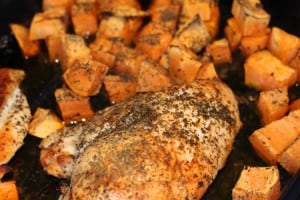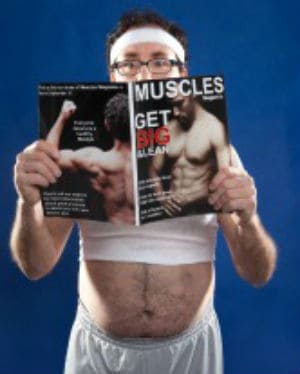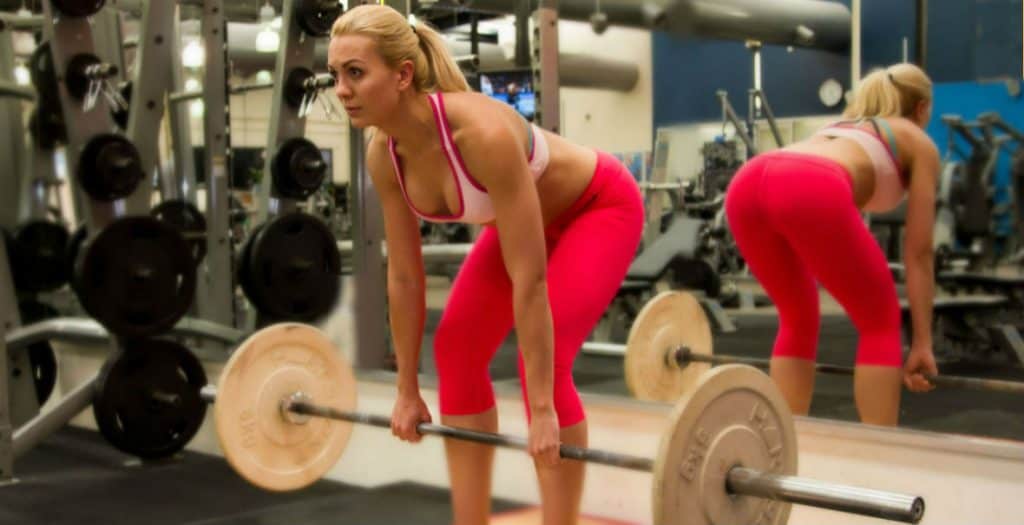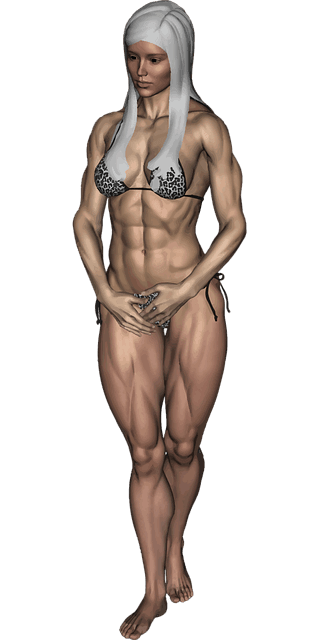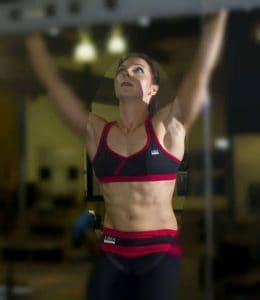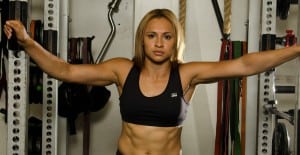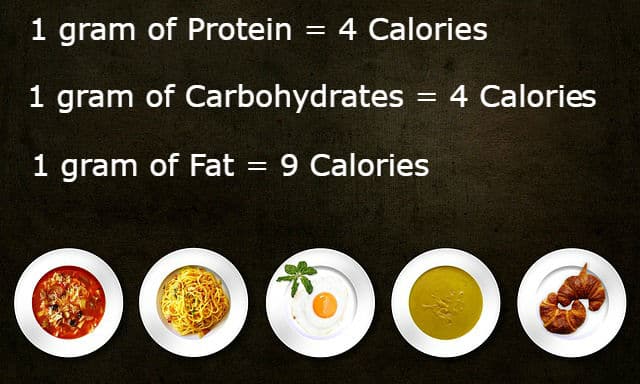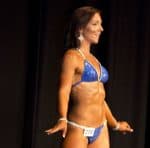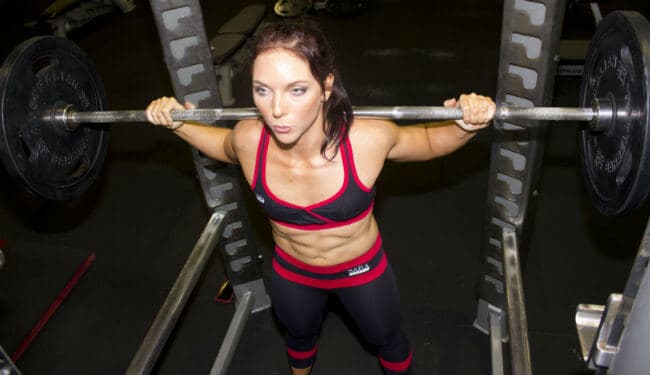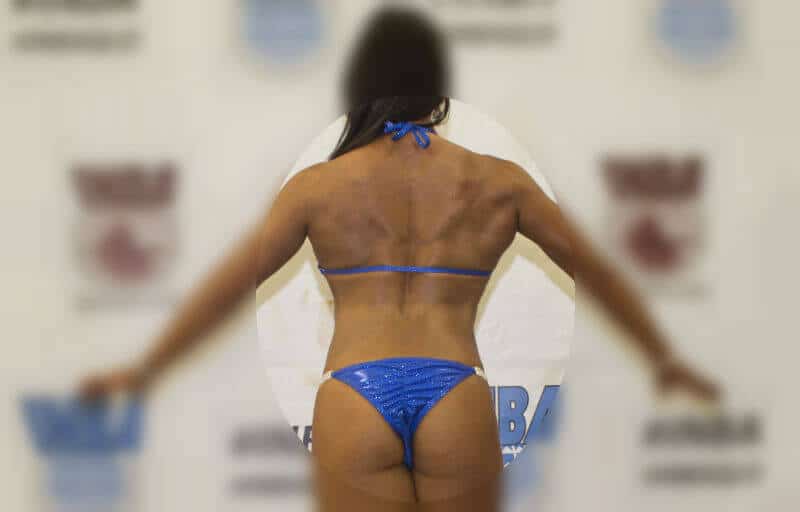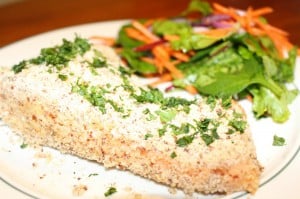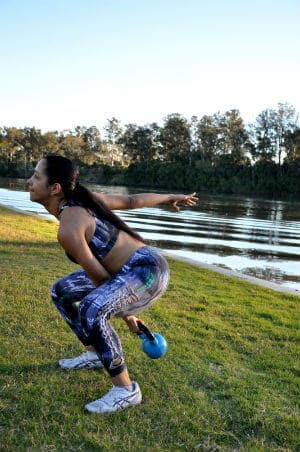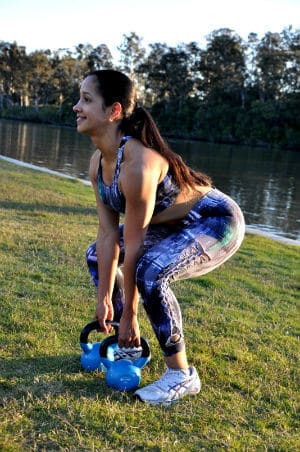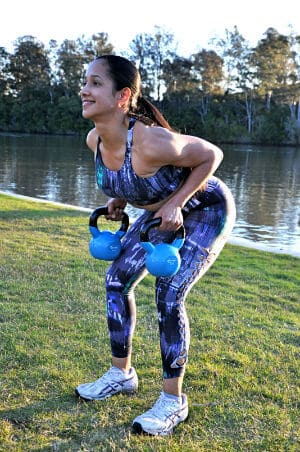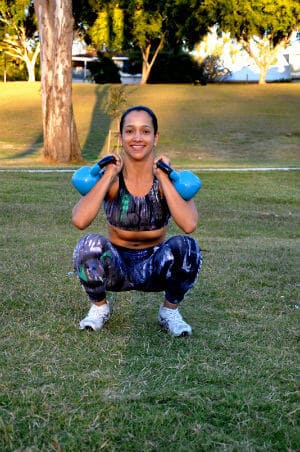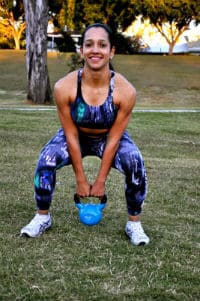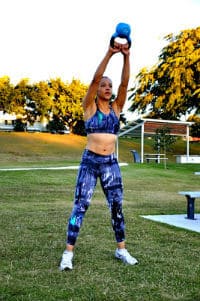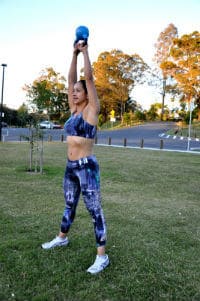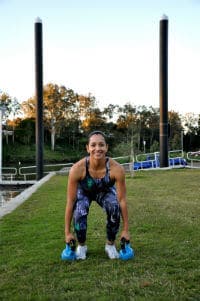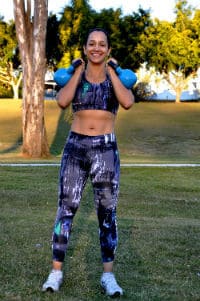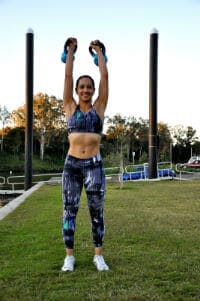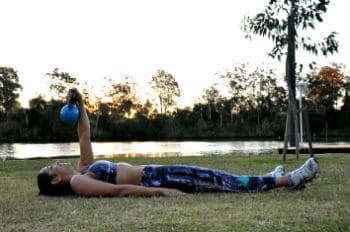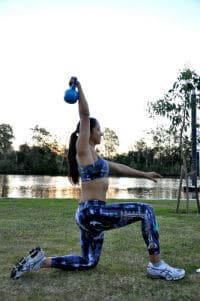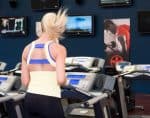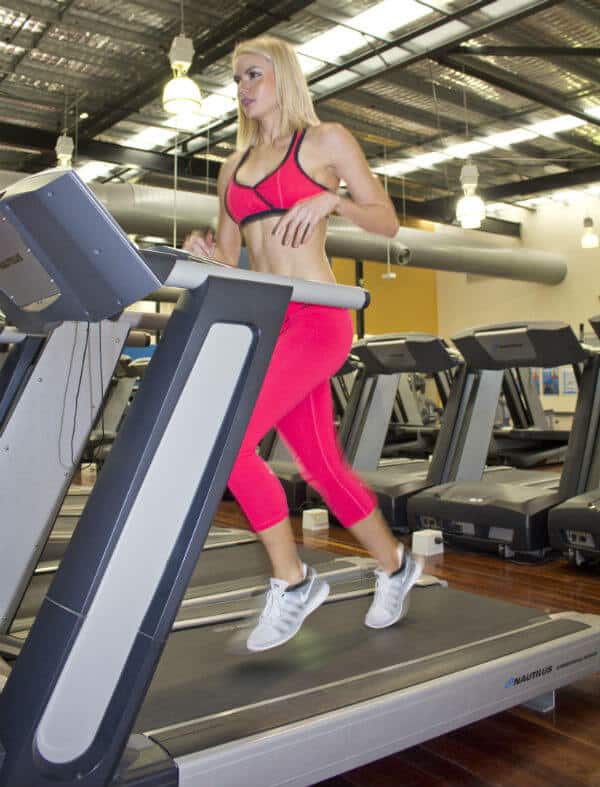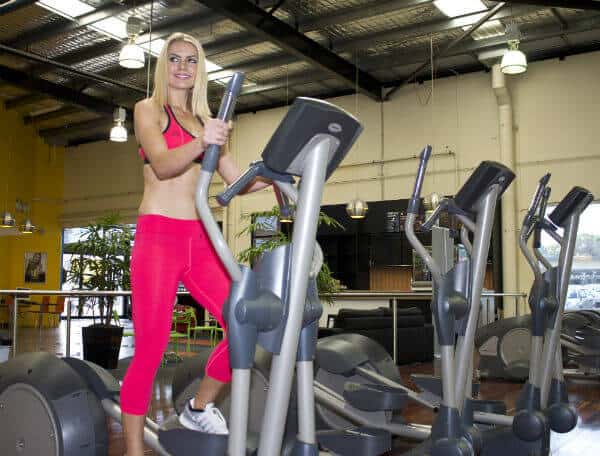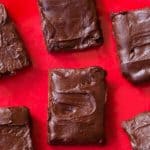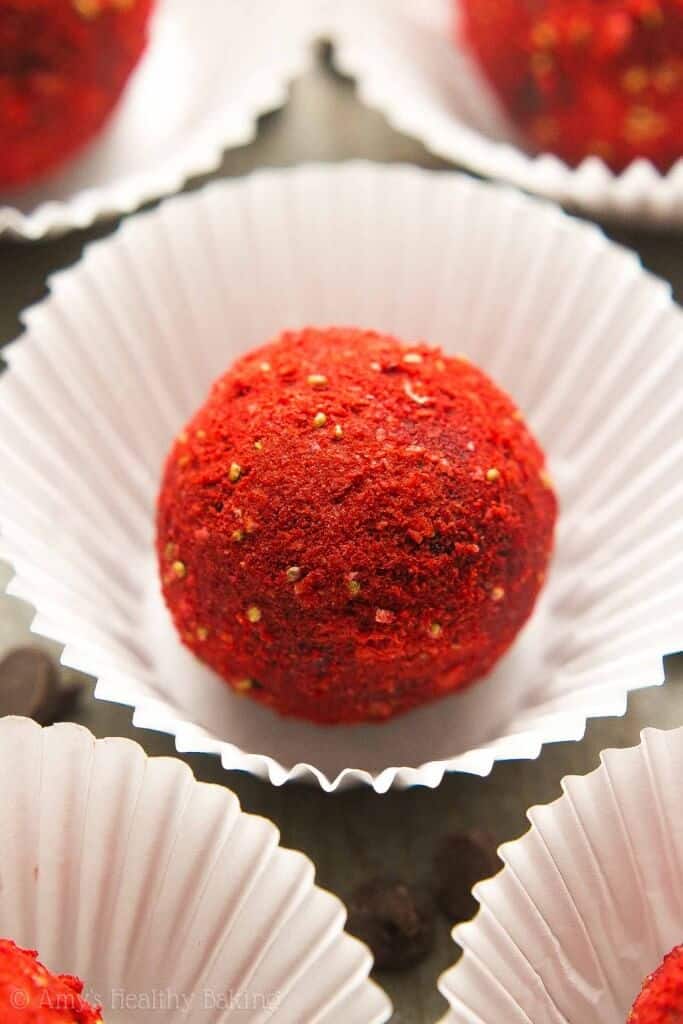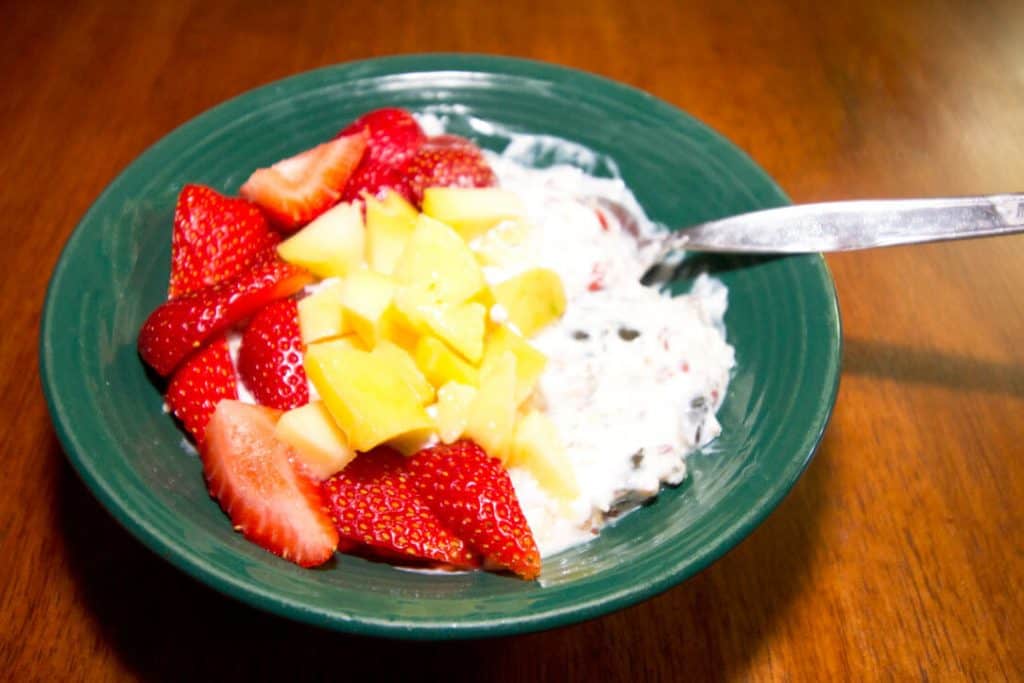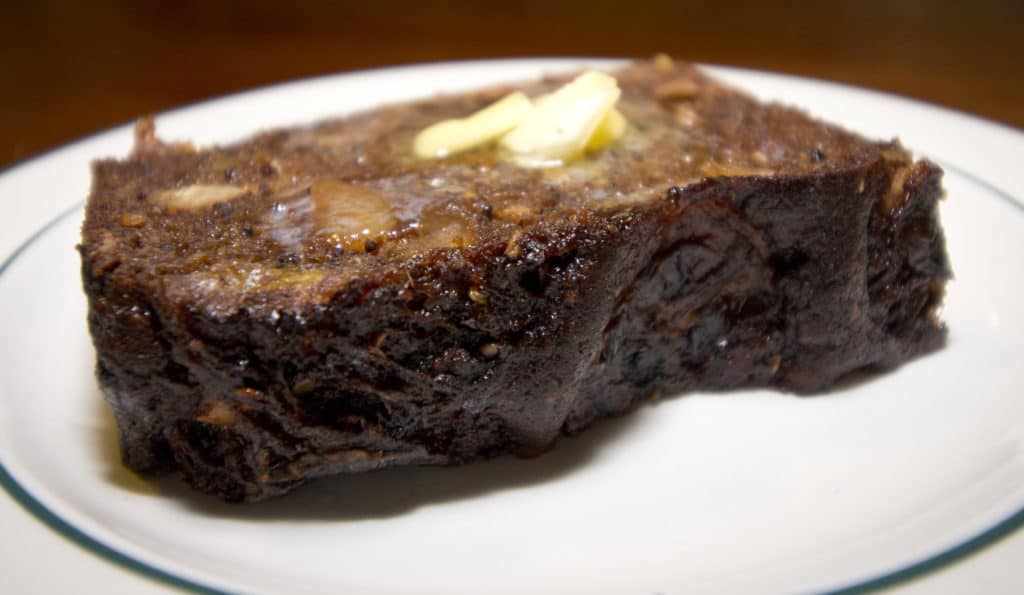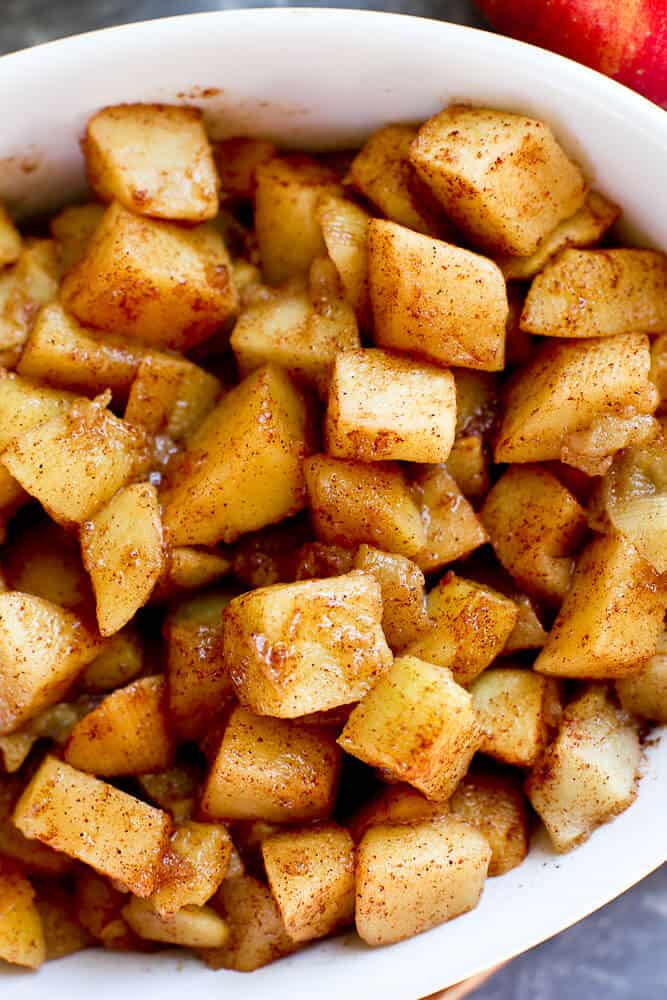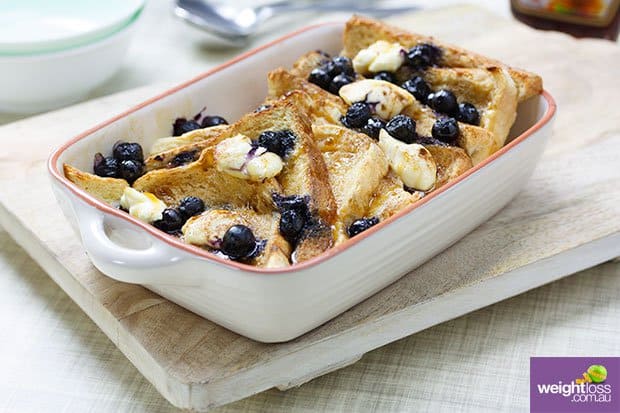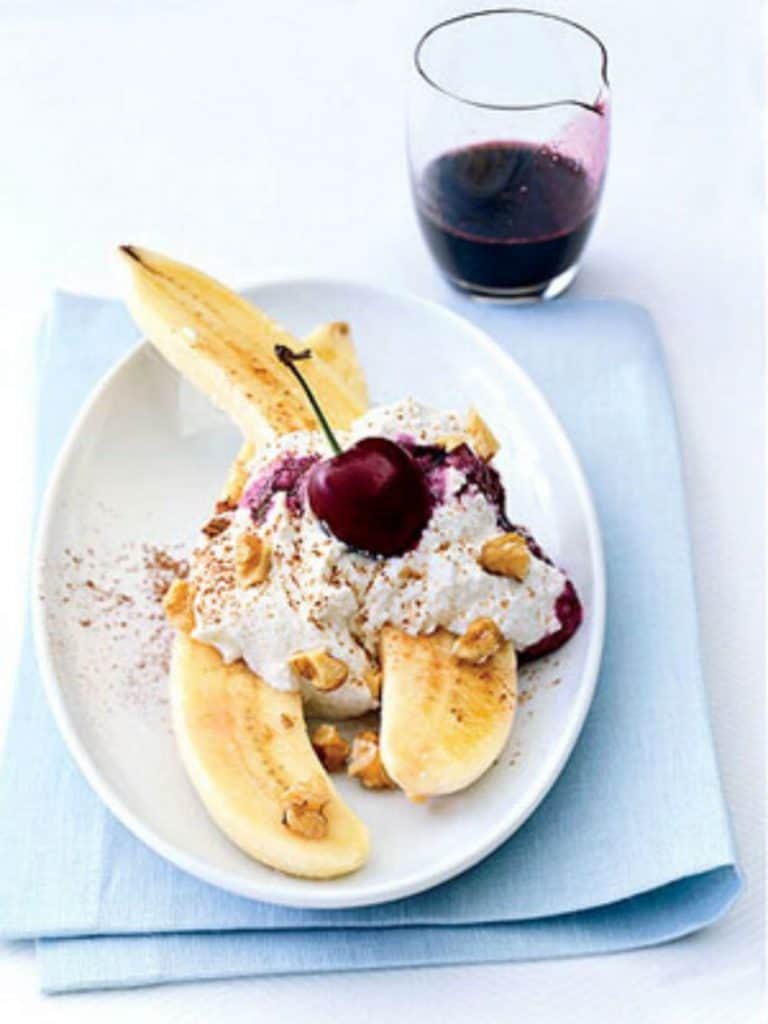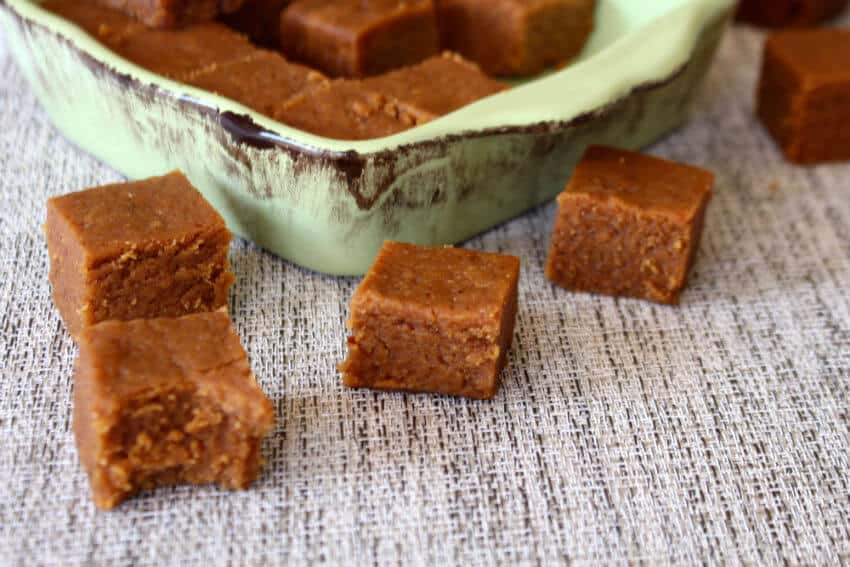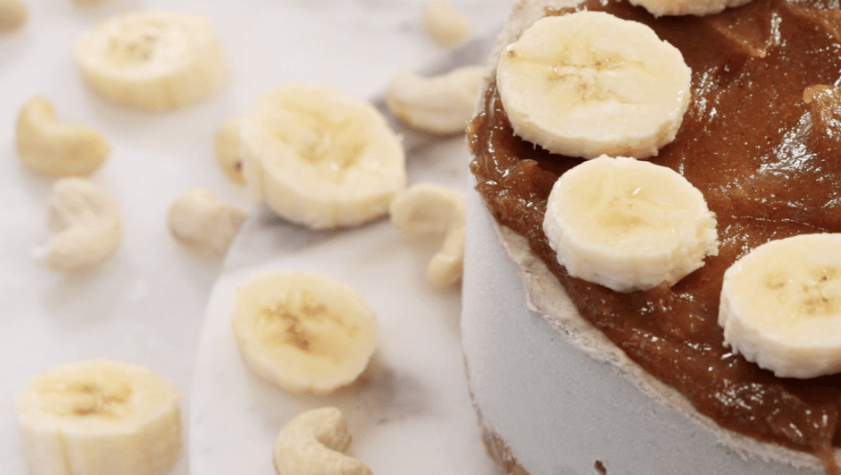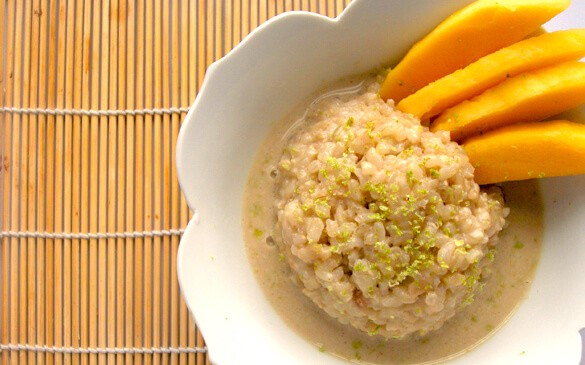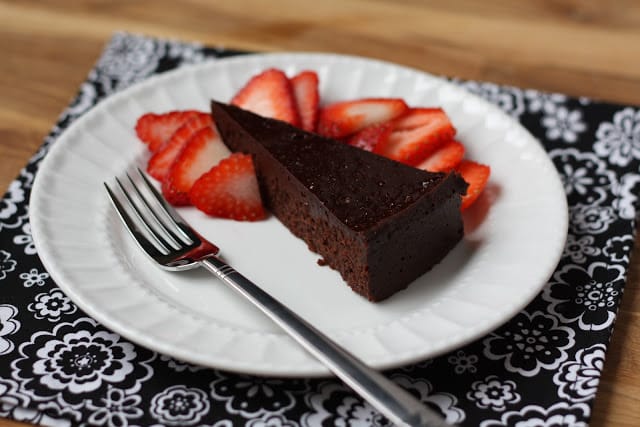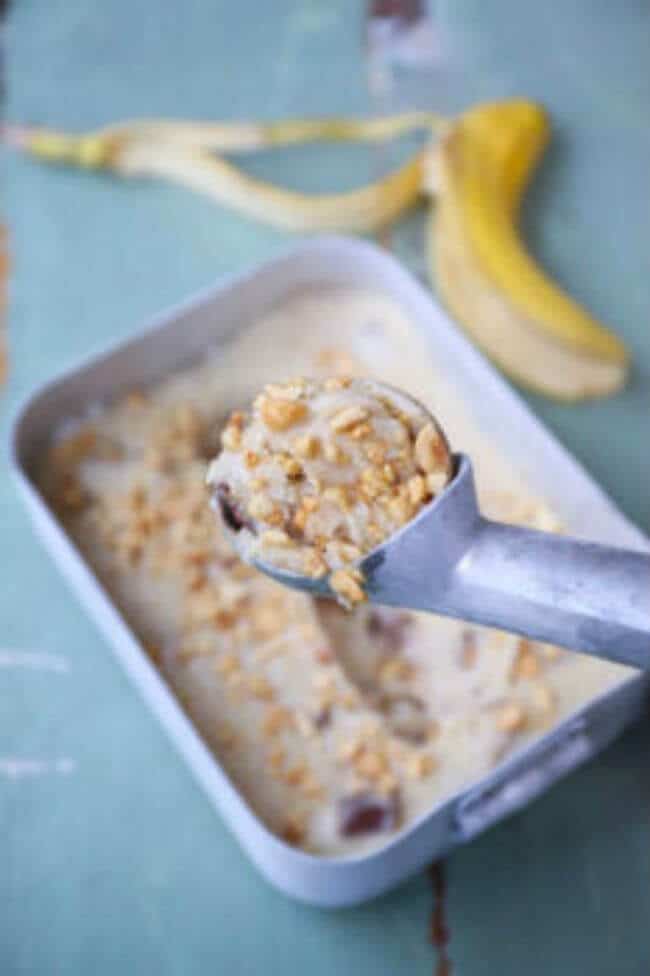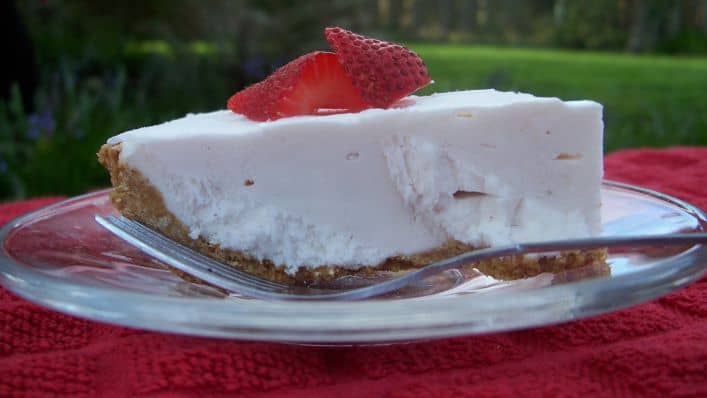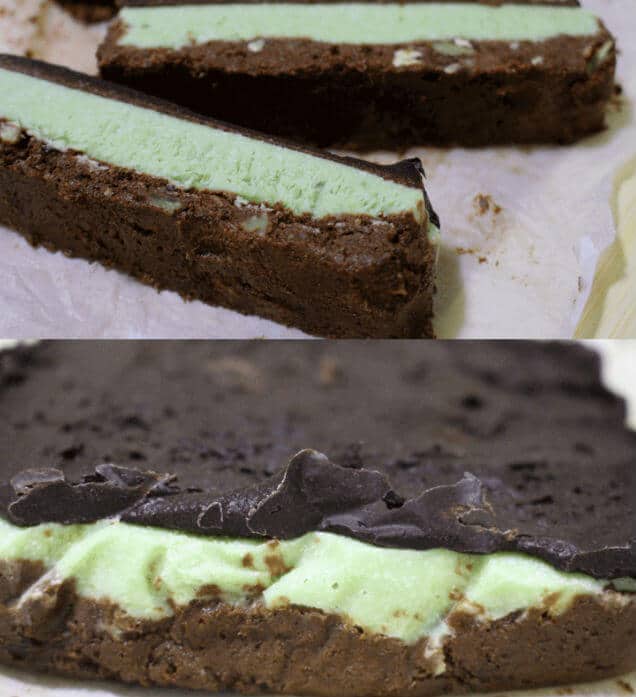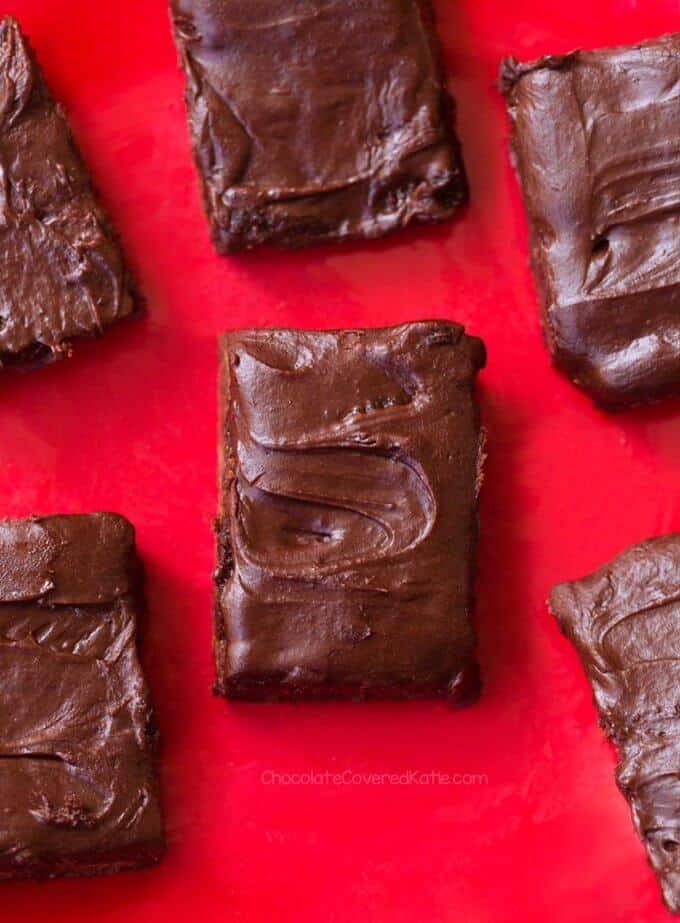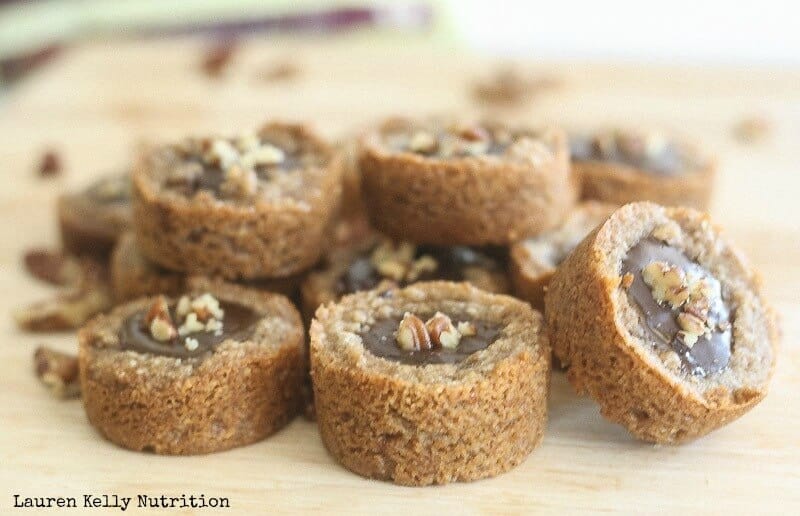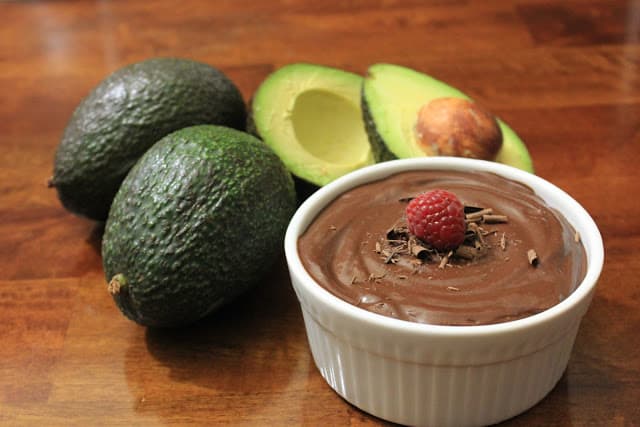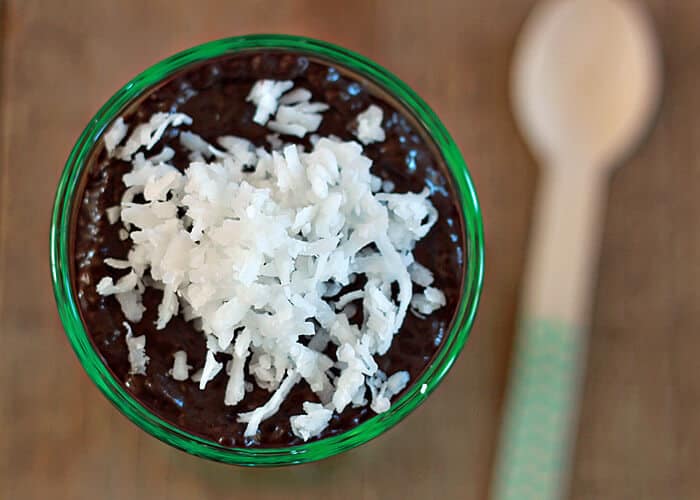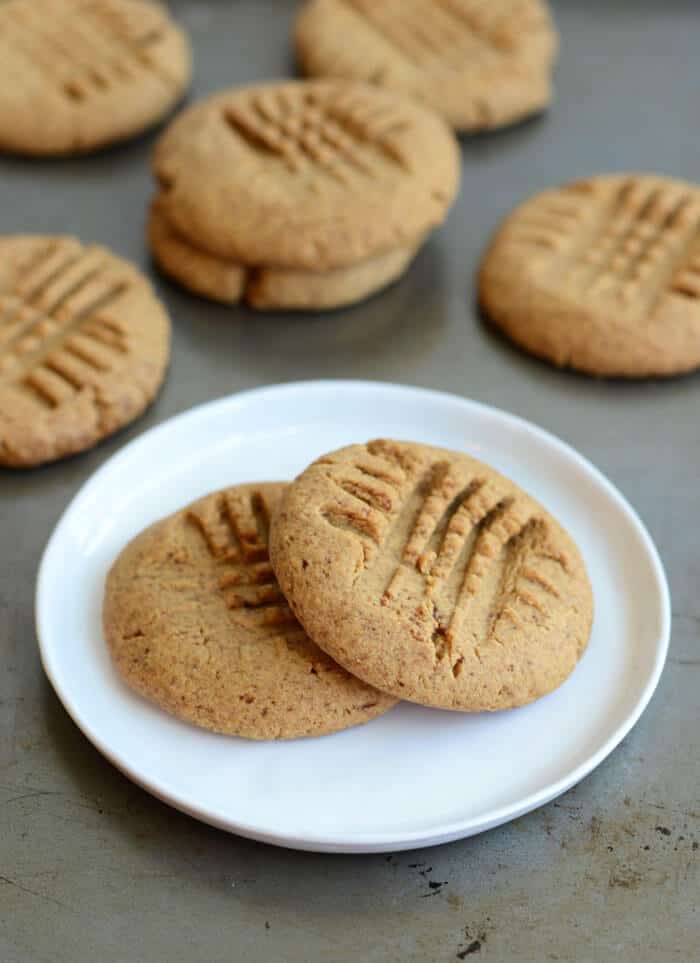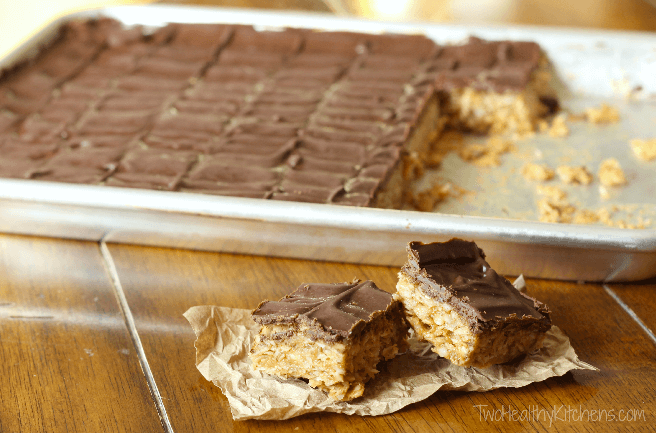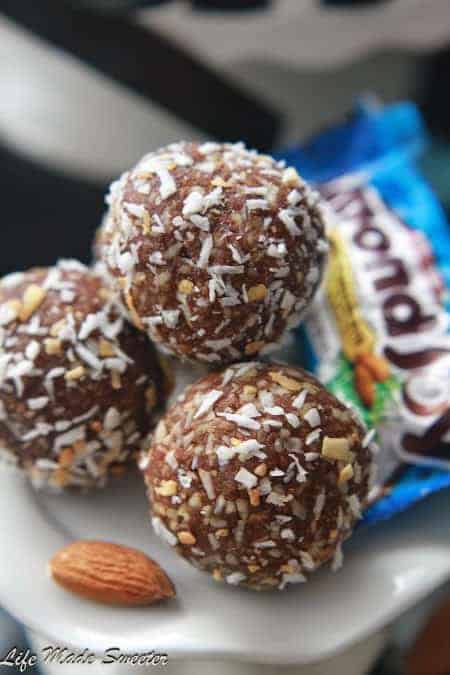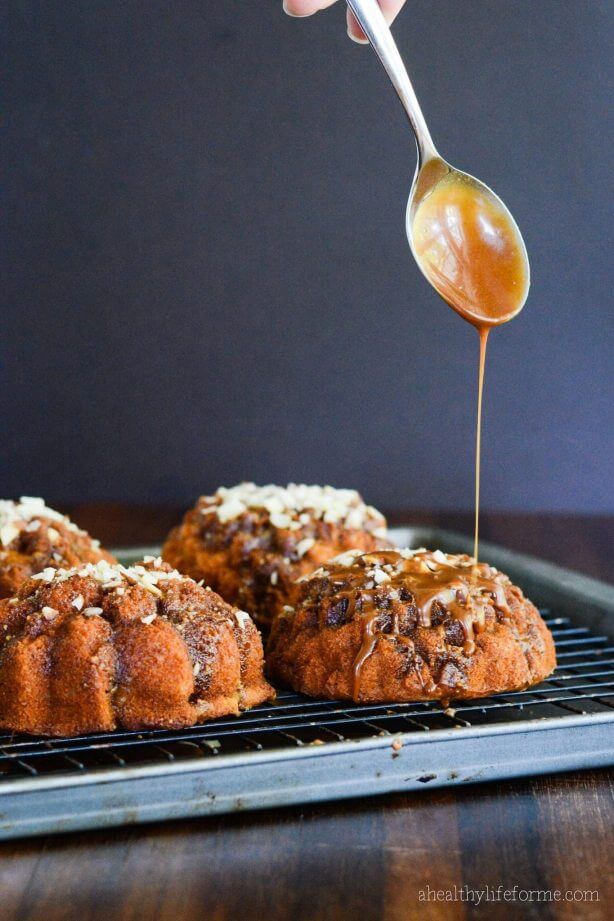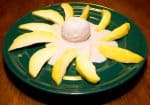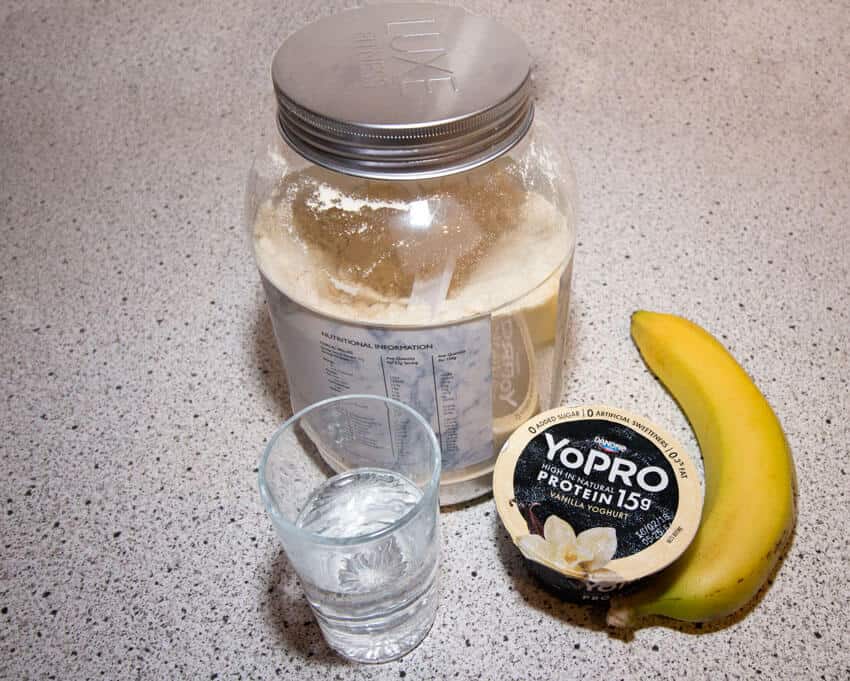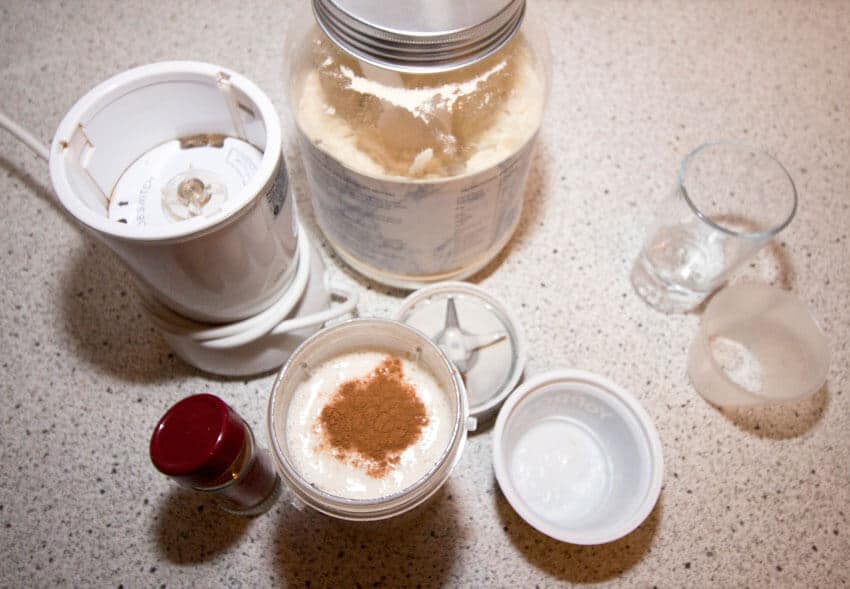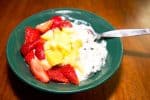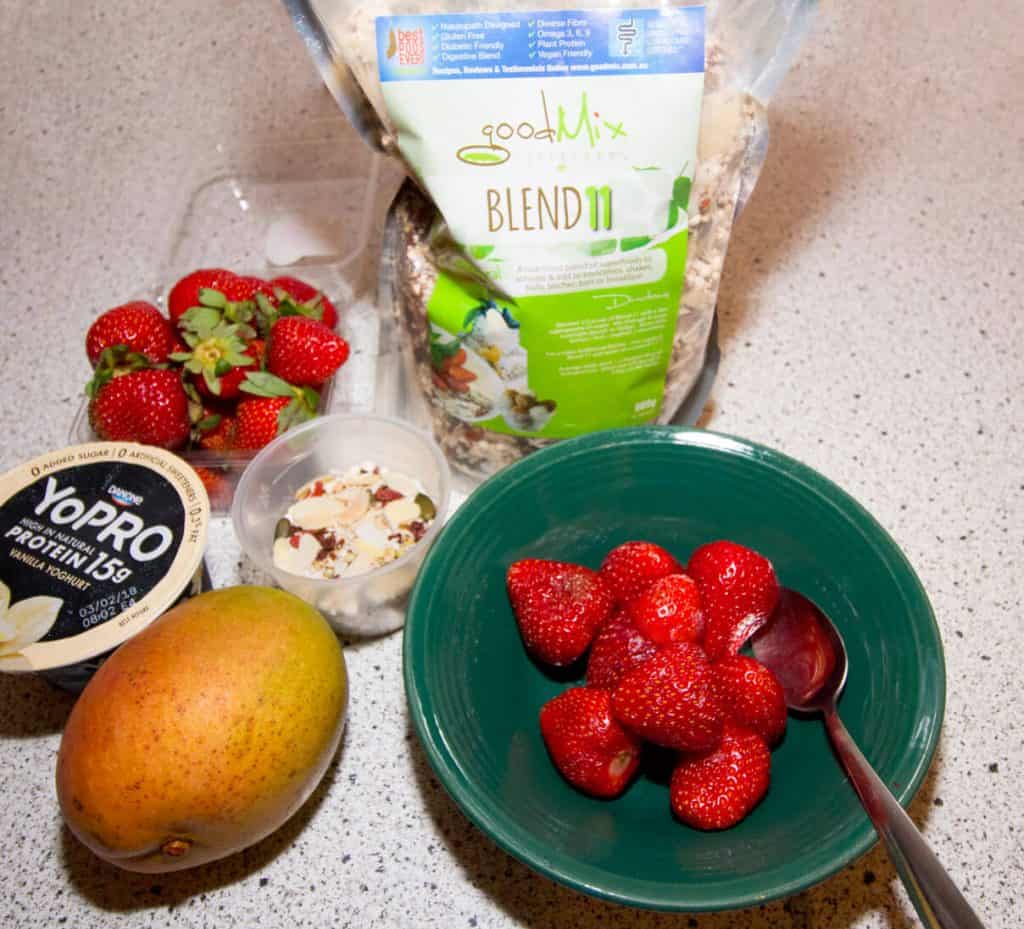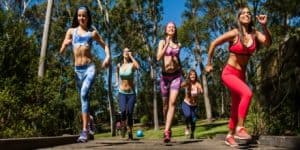Sports nutrition for the body you want
Sports nutrition isn't just for top athletes, because you deserve to have the best body you can as well!
You do want the best body you can have don't you?
A person will sometimes devote all his life to the development of one part of his body - the wishbone.
You might have never been to see a sports dietitian or nutritionist, thinking that they are just for sporting teams or top athletes. That's not the case, and in my experience pretty much everyone can benefit from their expertise.
They can help us become a healthier happier version of ourselves, so we can live our best life, and stay beautiful for longer. Because that's important too!
What type of eater are you?
Take this easy test to find out. Start here.
The importance of sports nutrition
You are what you eat - It is a simple philosophy that I endorse.
What you eat and what you do, defines your body. If we work this theory the other way around, what you look like, defines what you eat and what you do.
When I look at an obese teenager, I’m quick to jump to the conclusion sedentary lifestyle, eats a lot of junk food.
On the other hand when I see properly defined six-packs on a lean college student, the conclusion is simple – Works her butt off, thinks before she eats, probably a dedicated sportswomen.
The importance of Sports Nutrition can’t be stressed enough
Often people ask me how I rate nutrition vs. training and my answer is 50% vs. 50%. I know a lot of trainers who would say it's more like 70% vs. 30%.
This is usually hard to digest for most people, but it is one of the uneasy truths in the field of fitness, especially weight training.
The truth of the matter is that sports nutrition is as important as the training itself.
Click to Tweet
You don’t make muscles in the gym; you make them while you’re resting, by the help of whatever you’ve eaten.
Similar is the case of fat loss. Most of the fat is lost while you’re resting.
The math is pretty simple; work really hard in the gym, eat healthy, and rest plenty! You can’t lose weight without proper nutrition, hell; you can’t even breathe without proper nutrition!
When you dig into the world of sports nutrition, you sink into a deep abyss of Do’s and Don’ts. There is no easy way to wrap it up into a few pages or a few chapters or even a few books.
There is so much that can be said and done when you talk about Nutrition; What you eat, how much you eat, when you eat… are a few questions we can start off with.
Another thing, that is specific to women trying to lose weight, is that there is a common feeling that sports nutrition is detrimental to their weight loss effort.
First of all, by ‘sports nutrition’, I don’t mean ‘eating a muffin’. By sports nutrition I mean making accurate food choices.
It is true that excessive eating isn’t going to help you lose weight or sculpt your body but you can’t quit eating altogether!
Starvation is never the solution. What you need is an eating pattern that can be followed for a life time! It has to be healthy, it has to make sense and it has to cater for your fitness regimen.
If you take into consideration, these simple pointers, you’ll be able to successfully hit each defined milestone and target.
"Give a man a fish; you have fed him for today. Teach a man to fish; and you have fed him for a lifetime”
This quote pretty much sums up what I intend to do in this blog post. Rather than providing you with a custom diet plan, I'm going to teach you everything that you need to know in order to create your very own diet plan.
It is always a hard job to write content that applies to every reader. If I was to consider the needs of each of you I'd probably have to come up with 20 - 30 odd diet plans! Why not create your very own?
Why not learn what ever there is, that helps you to create your very own?
The philosophy is simple but knowledge is infinite. Even after years in the field I learn something new every day. So, to cut it short, I'll teach you how to catch the basic fish. You may use the method or customize it or improve it and catch a whale!
Nutrition for body sculpting
Macro nutrients come in three broad categories. They are known as Proteins, Carbohydrates and Fats.
Each of these Macro nutrients can be subdivided into a hundred different subcategories! Each macro nutrient has a particular function and purpose in the body.
Broadly speaking, the general purpose is to provide our body with energy. How much energy does each Macro nutrient provide?
It is quite simple.
Proteins
The favorite macro nutrient of anyone who weight trains!
Proteins are made up of smaller biological units called amino acids. Amino acids come together to form polypeptide chains of varying shape, size and compactness.
A typical protein may consist of 20 Amino Acids, other Proteins may contain thousands of these Amino Acids. Protein is present abundantly in the body. It is present in your hair, tendons, muscles, ligaments and even skin.
Talking about dietary protein; this protein has multiple functions:
- Improves Immune system function
- Required for growth
- Required for tissue repair
- Needed for the production of enzymes & hormones
- Needed for lean muscle mass
In total there are 20 known Amino Acids. Out of these 20, the body can synthesize (Make on its own using dietary Protein as a source of Amino Acids) almost 11 of them.
The rest of the 9 Amino Acids cannot be synthesized by the body and as a result, they must be included in the diet.
These Amino Acids are known as
essential amino acids. The list of essential Amino Acids includes:
- isoleucine
- threonine
- tryptophan
- valine
- leucine
- methionine
- phenylalanine
- histidine
We often hear the phrases 'Animal Protein' and 'Plant Protein'.
Ever wondered what the difference is between the two?
Animal proteins are called a high quality Protein or complete Protein because it contains all essential amino acids. On the other hand, plant protein doesn't contain the complete profile of essential amino acids.
But that doesn't mean plant protein is useless. Taken with a combination of sources, the amino acid profile can be easily completed.
For example, rice together with lentils contains the complete essential amino acid profile. Similarly, chickpeas with bread or potatoes with lentils complete the essential amino acid profile in the same way a grilled steak does.
Proteins can also be utilized by the body as a source of energy; However, proteins are hard to break down.
The energy required by the body to break down Proteins is relatively high and for this reason, the body's preferred source of fuel isn't Protein.
How much protein
How much Protein does a healthy person require
That's actually a question that can inspire much debate, and in terms of the scientific / nutritionist opinion, the jury is still very much still considering their verdict.
We can form our own opinion though, based on what you would like to achieve and your current condition.
The recommended daily dietary intake is 0.8 grams of protein per kg of body weight. You can do the math, or use this simple online protein calculator.
That doesn't work out to be much, and is usually less than the average person is already eating.
A sports nutrition diet plan will often be based around a higher protein intake, which is probably approximately twice the recommended daily dietary intake, or around 30% of the total caloric intake.
A protein summit of some 40 nutritionists who gathered in Washington DC reported that the potential benefits of a diet higher in protein included;
- preserving muscle strength despite ageing
- maintaining a lean fat burning phsique
Sounds good to me, high protein all the way!
If you'd like to read more about the debate and research on protein in the diet, Harvard Medical School have published an interesting article; How much protein do you need every day?
Carbohydrates
Next up we have the self sacrificing Carbs! To keep things simple, we'll divide the Carbohydrates group into 2 categories:
Simple carbohydrates
Simple Carbohydrates or mono-saccharides are ready made sugars. These types of carbohydrates cannot be further broken down into simple sugars.
Examples of simple sugars include glucose and fructose.
Complex carbohydrates
Complex Carbohydrates or poly-saccharides contain strings of simple sugars.
This means that these Carbohydrates need to be broken down in order to get digested or to be used as fuel.
Some examples of complex carbohydrates include lactose, maltodextrins and amylopectin.
The human body is a master of converting carbohydrates into energy.
Carbohydrate is the body's preferred source of fuel. The brain constantly needs glucose, the liver needs and stores glycogen, the muscles store glycogen as well.
This way, carbohydrates are needed by the entire body in one form or the other. Basic functions of Carbohydrates include:
- A major energy source for the body
- Helps to maintain bodyweight
- Prevents Fat accumulation
- Helps in digestion and bowel movement
Dietary fiber is another form of Carbohydrates.
Dietary fiber is a form on non-starch Carbs. Dietary Fiber consists of indigestible parts of plant food (Cellulose).
This property of dietary fiber helps us with our gastro intestinal tract.
The indigestible fiber ensures a good transit time (Time interval between eating a particular food and excreting it!), avoids problems like constipation and protects us from serious problems like colon cancer.
How much carbohydrate
How much Carbs does a healthy person require?
Dietary guidelines recommend a range of between 45% to 65% of your total daily caloric intake.
In a sports nutrition plan that focuses on higher protein intake, your carbohydrate intake will likely be towards the lower end of that range.
Obviously sports nutrition can cover a wide variety of sports, and depending on the particular requirements of each, some may need higher Carbs to provide quick energy replacement.
The quality and type of carbohydrate that you're eating will have an impact on your results as well. some further tips about proper carbohydrate intake can be read in this article by the Mayo Clinic on nutrition and healthy eating.
Fats
No one likes them, everyone avoids them yet they are responsible for many important bodily functions.
Fats have gotten a really bad rap for the past few decades, based on guidance from government organisations. That's changing, and much of that guidance is being seen as based on advice from lobby groups or studies sponsored by other food groups.
Who would have thought, special interest groups misleading the government, who then mislead the rest of us. Even about our diets!
Their is a growing body of research which contends that healthy natural sources of fat in our diet are actually really good for us.
There is also a growing movement that says that high fat diets have advantages and can be best for weight loss. Many people following sports nutrition plans for body sculpting will in the later stages of their preparation, start following a Keto diet, with the intent of achieving a Ketogenic state in their body, intended to help burn the last of the fat off their frame.
The scientific jury is still out on that one too. (they just love continual studies!) But some interesting research on the topic is discussed in this article by Brad Deiter Phd on, Science Driven Nutrition.
Just look at the comments his article received for an example of how controversial this topic is. I'm glad he closed the comments before it got really nasty:)
One quality of fats that sets them apart from Carbs and proteins is their energy density.
Unlike carbs or proteins, 1 g of fat yields 9 calories of energy. This may seem spectacular but fats are the hardest to burn for energy.
They are energy-efficient yet slow, meaning that they are an ideal candidate for energy storage. This energy store comes in handy on a rainy day when there aren't enough calories present from carbs and proteins. Under such circumstances, the body burns fat for energy.
Other functions of fats include:
- Act as a solvent for absorption of many vitamins and minerals
- Important for formation of hormones (E.g. Estrogen)
Fats can be subdivided into 4 categories. These subcategories are made on the basis of the double bond present between carbon atoms.
My apologies for diving deep into the world of biochemistry but this knowledge will come in handy when you are looking for healthy fats to consume during your training regimen.
Saturated Fats:
These fats are saturated, meaning, they have no double bonds. This tells us that the fat is already fully saturated with Hydrogen atoms.
These kind fats are usually solid at room temperature. Examples include animal fat, Lard, fat found in cheese.
Saturated fats are important as they are a basic building block of a variety of hormones and cell membranes. The downside is that an excess of these fats can raise blood cholesterol levels.
Monosaturated Fats:
These fats only have a single double bond.
These fats are usually liquid at room temperature. Examples include olive oil and canola oil.
The specialty of Monosaturated fats is that they help us protect against heart disease and blood cholesterol build up.
Polysaturated Fats:
Polyunsaturated fats have two or more carbon double bonds.
Polyunsaturated fats are known to reduce the risk of Coronary heart disease. They are liquids at room temperature as well. Polyunsaturated fats can be subdivided into 2 important subcategories:
- Omega 3 Fatty Acids: Have a positive impact on cardiovascular health. Sources include Oily fish (Salmon, Mackerel), Soybean and rapeseed.
- Omega 6 Fatty Acids: Have a positive impact on brain function and normal growth. Sources include seeds and nuts (Peanuts, walnuts, Cashews)
Trans Fatty Acids:
Trans Fatty acids are chains of unsaturated fats combined together in a Trans configuration.
This is done mainly by hydrogenation of vegetable oil. This is a seriously unhealthy type of fat that must be avoided at all costs. It is usually found in foods like margarine and baked goods (biscuits, cakes).
Trans fat intake elevates the risk of heart disease.
Micronutrients and macronutrients are equally important for the body. The body cannot function properly without both.
The difference between the two is the quantity in which they are consumed.
Micronutrients are required in minute quantities by the body. Any imbalance (Usually deficiency) in these quantities can cause problems in bodily functions.
Vitamins and Minerals make up most of the micronutrients. This list can be further divided into 30 (Approximately) different Vitamins and minerals that the body extracts from the food we eat.
Each Vitamin and mineral has a different part to play.
For example, Vitamin A is responsible for physical growth, immunity and development of white blood cells. Similarly, all 30 vitamins and minerals have a different story to tell.
To acquire all these micronutrients along with the required macronutrients, we are required to eat a variety of food.
Nature has been kind enough to supply these micronutrients abundantly in raw fruits and vegetables but unfortunately, the modern woman isn’t a big fan of the Broccoli!
For this reason we are forced to go with the artificial alternative – supplementing vitamins and minerals.
The following table shows the normal daily requirement of various vitamins and minerals.
As a general guide line for people doing strength training, a good idea would be to go with the RDA’s recommendation of the listed dosage just to be on the safe side.
To make it simpler, go for a broad spectrum multivitamin that covers most multivitamins and minerals.
Try to get the RDA recommended dosage from the multivitamin pill itself. The rest you can extract from the diet you’ve opted for.
But be careful, anything in excess can create toxicity for the body. For this reason I wouldn’t go for supplements that provide 4000% of a typical micronutrient that is famous among the body builders; for example, Nitric Oxide (NO2) supplementation.
I’ll start by a typical statement: It depends on your goals and your current body type.
The statement holds; the number of calories you take daily depends on what your current body is like. Your height, age, BMI and weight can narrow down what your current body type is like.
Next comes your goal. What do you want to achieve?
Personally, I’m a big fan of mathematics. It allows you to quantify exactly what should be done.
Nutrition is no different. By using a few equations and simple Mathematics we can work out almost everything that is associated with Nutrition.
Let’s start by working out your daily caloric requirement.
Step 1 - Calculating Your BMR (Basal Metabolic Rate)
For Women, the following formula must be used: |
|---|
BMR = 0.9 x body weight (in Kg) x 24 |
Step 2 - Finding Your BMR Multiplier
Find your body fat percentage. This can be done by using a body composition analyzer, or by measurement of skin folds. Once you’re certain about your body fat percentage, refer to the table shown to find out the multiplier that applies to your body type.
For Women
Body Fat Percentage of 14% - 18% | |
|---|
Body Fat Percentage of 18% - 28% | |
Body Fat Percentage of 28% - 38% | |
Body Fat Percentage of Over 38% | |
From the chart, we can draw a few important conclusions.
The first one is that people with a higher muscle mass have a higher BMR and thus, a higher metabolic rate. Secondly, women have a slightly greater body fat percentage as compared to men.
Step 3 - Determining Caloric expenditure with respect to daily physical activity.
Steps 1 and 2 helped us to accurately calculate our BMR.
BMR, as we already know, signifies the amount of Calories we burn by doing absolutely nothing. It is our resting Caloric expenditure.
In step 3, we’ll calculate the number of Calories we burn by the physical activity we indulge in.
This step includes identifying the category you fit best. The categories are based on how much physical activity you perform on daily basis.
| | Physical activity Multiplier |
|---|
| Sedentary Lifestyle. Sitting, talking. Little /Almost no physical activity throughout the day. | |
| Sedentary lifestyle 2. Little walking but no exercise. Some physical activity but nothing that can be labeled as ‘Exercise’ | |
| Moderately active. Weight training with light weights for 30 – 45 minutes daily. | |
| Active Lifestyle. Hitting the weights hard for 45 – 60 minutes + 20 minutes of Cardio training. | |
| Intense physical activity. Weight training for 60 and over minutes, hitting the weight really hard. 30 - 45 minutes of Cardio Conditioning. | |
Step 4 - Final calculation: Compiling results.
Your Caloric Needs = (Value in Step 1) x (Value in Step 2) x (Value in Step 3)
Let’s take an example.
Jane is an average working woman. She is 58 Kg, pretty lean and usually alternates between Cardio and weight training days. Her Cardio days involve Running/Cycling/Swimming (On average) for an hour and weight training days include lifting weights for 45 minutes (No or little warm-up Cardio).
Jane has a day job where she mostly sits and does her work on a computer. Various other physical activities done throughout the day include the average post-dinner stroll in the street or walking the dog early in the morning.
She had herself checked recently and her body fat composition test indicated that she had 15% body fat percentage. This is pretty much all the information you need to calculate the daily Caloric requirement.
Putting this into perspective, let’s see what the Calorie indicator suggests.
BMR Multiplier (Body fat percentage) = 1
Category Level 4 = 1.80
Calories = 1656 x 1 x 1.80 = 2255
or maintenance, Jane’s Calorie requirement is 2255.
The word to remember here is ‘maintenance’. Maintenance means that you don’t want to gain or lose weight. Anything above this caloric intake will prompt your body to start gaining weight while anything seriously below this intake and you’ll start to lose weight.
BMR X BMR Multiplier X Physical Activity Multiplier = Your caloric Needs
Determining the right ratio of Carbs, protein and fats from your diet isn't less than a work of art!
A person consuming 2600 calories in a certain ratio could be losing weight but alter the mix while keeping the calories constant, he/she may start to gain weight.
You can never underestimate the effectiveness of the proportions by which you take your Macronutrients.
Another thing to remember is that Macronutrients are sometimes very unforgiving. An extra 100 calories of fat consumed daily adds up to 36500 calories a year which can be translated into 4.7 Kg of fat!
Of course, the body has its own regulatory system which will resist it to gain this exact 4.7 Kg as fat but a 2 Kg gain resulting from 36500 excess calories annually doesn't seem like a far fetched assumption.
After all, the human body has a limit to its resilience.
| | |
|---|
| Sedentary Lifestyle. Sitting, talking. Little /Almost no physical activity throughout the day. | |
| Sedentary lifestyle 2. Little walking but no exercise. Some physical activity but nothing that can be labeled as ‘Exercise’ | |
| Moderately active. Weight training with light weights for 30 – 45 minutes daily. | |
| Active Lifestyle. Hitting the weights hard for 45 – 60 minutes + 20 minutes of Cardio training. | |
| Intense physical activity. Weight training for 60 and over minutes, hitting the weight really hard. 30 - 45 minutes of Cardio Conditioning. | |
I usually start off with my favorite macronutrient (The protein).
RDA recommends a meager 0.8 grams per Kg of body weight for an individual. This usually works fine for a couch potato who doesn't do much throughout the day.
For athletes and people who train/workout daily, this recommended dose of Protein isn't enough. Let's go with another table that categorizes Protein intake for different people (See previous page):
Going back to the example of Jane, her maintenance calories were 2255. Consulting the Protein chart, she would likely fall into category 4 which means that he requires around 2.2 g / Kg (Bodyweight) of proteins. Protein requirement for Jane:
2.2 x 58 (Bodyweight in Kg) = 128 grams of protein
152 grams of protein add up to 512 calories from protein.
So, out of 2255 calories, we have so far dedicated 512 calories to proteins.
Next comes the fat intake. You fat intake must be around the 20 – 30% mark of your total calories.
This means that Jane’s calories from fat equal:
0.3 X 2255 = 676 calories
For fat, 1 gram equals 9 calories so,
676 calories equal around 75 grams of fat.
Protein : 128 grams or 512 calories
Fat: 75 grams or 676 calories
This means that we are left with
2255 - (512 + 676) = 1067 calories
These resultant calories will come from carbohydrates. 266 grams of carbohydrates will be included in Jane’s diet. Her final Macronutrient breakdown looks something like this:
I’m certain that your head must be spinning due to the mathematics I’ve been throwing your way. So to wrap it up, let’s summarise how you would go about, determining your macronutrient breakdown.
1
Find your total caloric needs (step 4 above)2
Protein recommendation X weight X 4 = Protein calories3
Total caloric needs X 0.3 = Fat calories
4
Total caloric needs - Protein calories - Fat calories = Carbohydrate calories
Customizing nutrition
The discussion so far in this post deals with how to calculate your base caloric intake and macro-nutritional needs.
This means that if you continue to consume these amounts of calories or macro-nutrients, your Body Composition will remain pretty much the same; hence the word ‘Maintenance’ is used time and again.
Once you understand your base requirements, it becomes easy to tweak your diet plan according to your goals.
For example, if your goal is to lose fat while maintaining your current lean mass, you tweak your diet plan, do a few adjustments to your protein and carbohydrate and there you have it; a diet plan that helps you lose the fat without compromising on your lean body mass.
The same holds true for diet plans that enable you to gain muscle mass.
I know that this isn’t a very hot topic for women since they are usually looking for a leaner look compared to men, but all the options are there!
Adjusting the timing of your nutrition, recalibrating your macro-nutrional breakdown and making minor adjustments to your diet can enable you to customize your diet according to your goals and preferences.
Did I mention additional supplementation to aid your cause?
One of the most useful supplements is protein. When on a high protein diet, it can be a challenge sometimes to get the correct amount of protein from your natural foods, so supplementing with a high quality protein powder as a snack can really help.
Let's start cooking!
Now that we have done the mathematics, now it’s time to convert those numbers into food items!
Now you can easily read food labels and decide what you’re going to eat. You can easily translate 6 g of protein into ‘An egg’ or 60 grams of carbs into ‘A cup of boiled rice.’
Nutrition is a very vast field and I’ve tried to squeeze in as much practical information here as possible.
I’ve tried to provide you with a starting point and an understanding of how to design your diet plan, following a sports nutrition pathway. However, most of the discussion has revolved around numbers and percentages.
Once you know your numbers, you can choose your food alternatives more wisely
Remember that the more you can get your nutrients from fresh wholesome food, like animal proteins, vegetables, grains and fruits, rather than from a packet or a tin, the less artificial additives you'll be eating, and the better you will feel.
Get your sports nutrition right, and the results from your training will accelerate. Focus on both, and achieve your body sculpting goals!
For those of you who are interested in the science of nutrition for weight loss, this Tedx talk by Ruben Meerman on the mathematics of weight loss makes for entertaining and interesting viewing.
Look at me and tell me if I don't have Brazil in every curve of my body.
*Nothing in this article is intended or should be understood as specific nutritional advice for you. Before commencing any new nutrition plan you should consult with a qualified medical practitioner and nutritionist about your own particular circumstance to receive personalised advice on a sports nutrition plan.


